I found a bunch of offcuts wrapped in the newspaper dated 1989, at my grandfather‘s studio.
They were the materials used to make neckties. It was a good way to adapt to the new, contemporary, lifestyle. However, the adaptation to the new produced some offcuts, which was not usually the case with the traditional Kimono patterning.
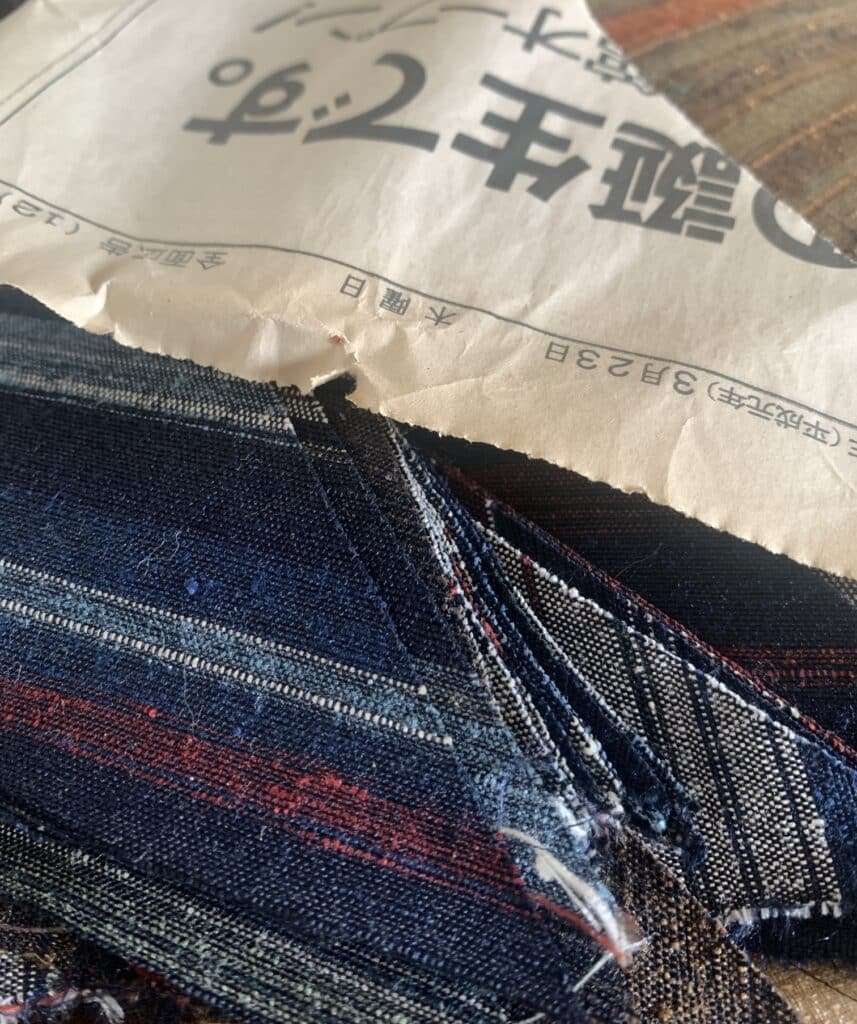
I asked tuguminoeda if there was any way to give another life to these dear materials. She met my request by not off-cutting any parts, nor even wasting a thread: she folded them into triangle bookmarks, with lustrous strands she created by twisting the threads that came off with undyed tsumugi -silk pongee-threads.
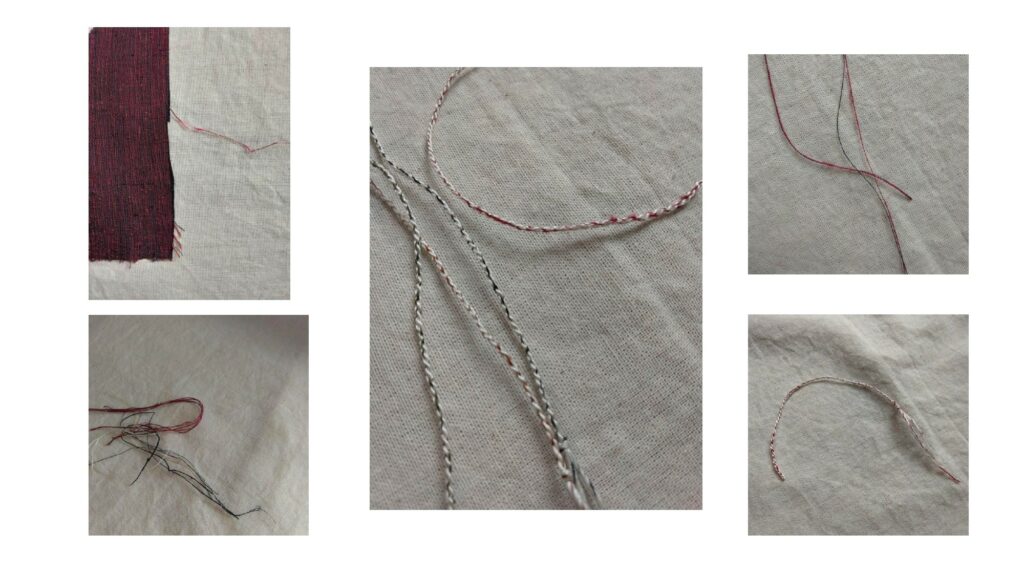
There are certain people whom I can instinctively trust with work. They usually deliver so much more than I ask for, scooping up subtle nuances in my voice. Such that I reflect on myself and feel embarrassed, or motivated to become better the next day.
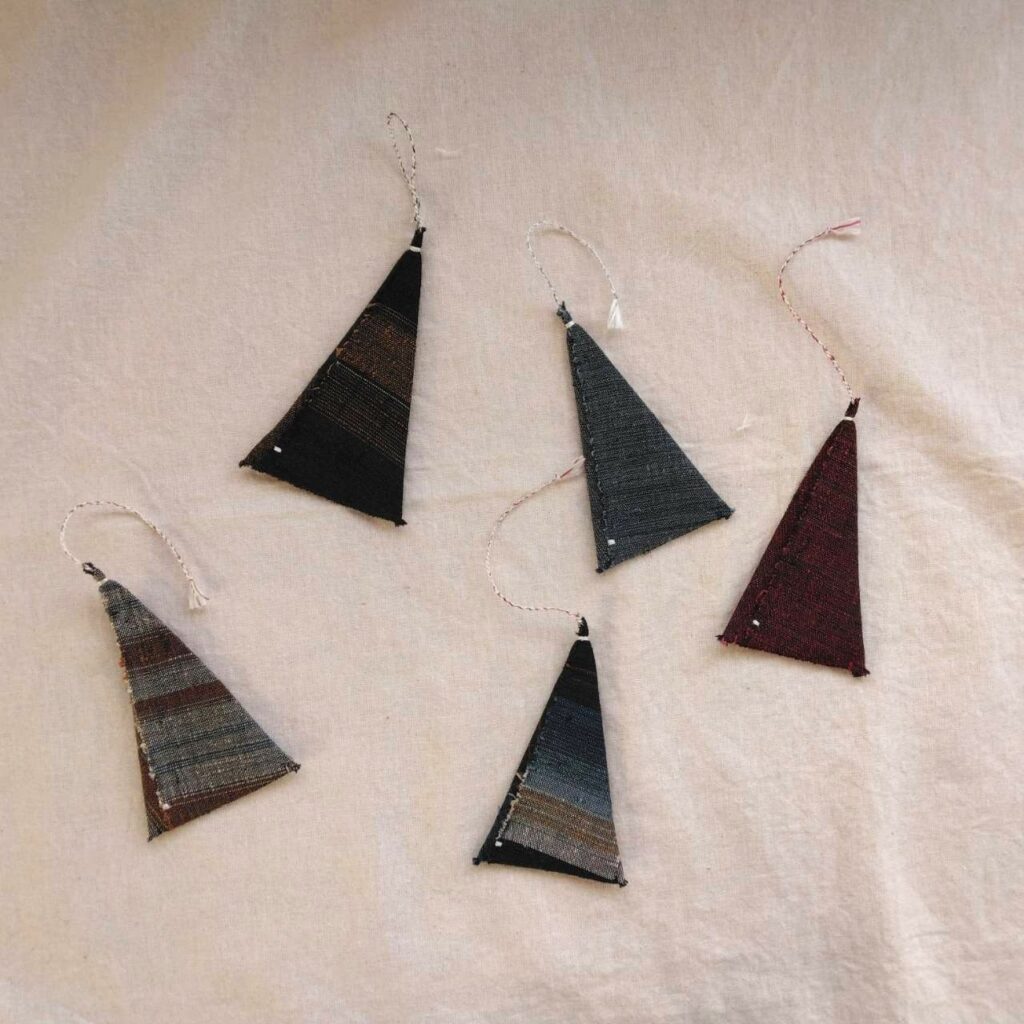
Because they love what they do. tuguminoeda is one of them. She utilised every bit of the cloth including selvedges, with the least changes to be made. Even threads that came off were twisted and woven into spiral codes.
Now that I think, my grandfather, Rikizo Munehiro is also one of these people who move me forward, too.
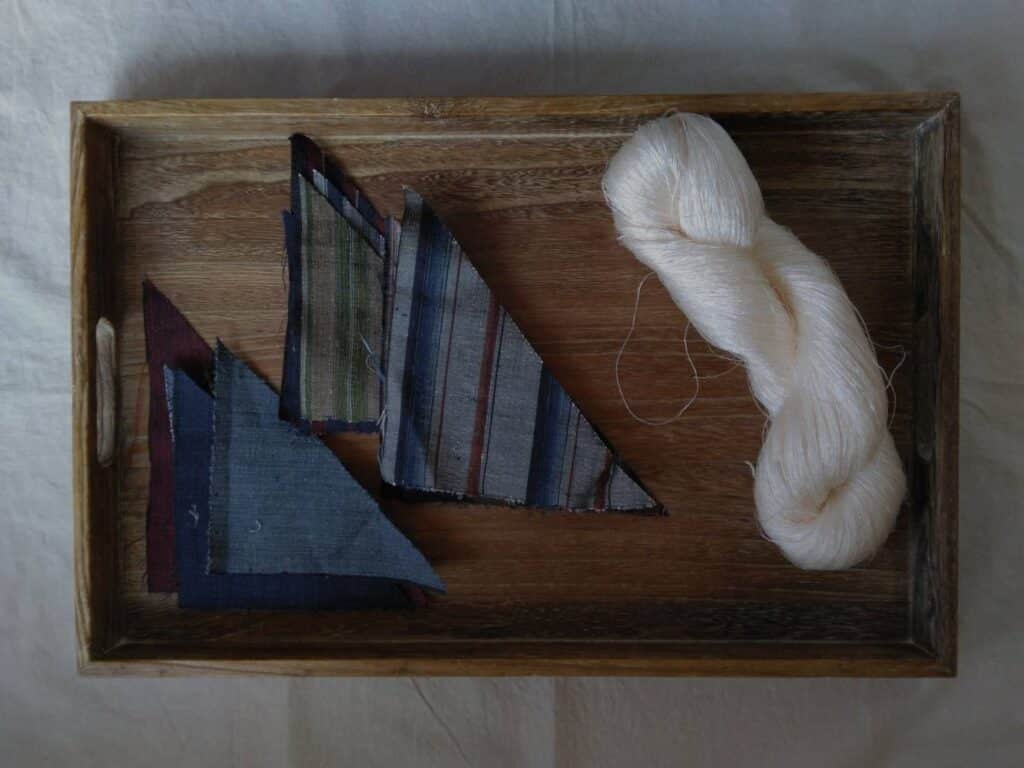
平成元年の新聞紙に包まれて、三角形の端切れがたくさん見つかりました。
祖父・宗廣力三の工房で、よく作られていたネクタイ生地です。現代生活でも使いやすいネクタイは、当時よく作られていたのですが、直線裁ちの着物と違い、どうしても三角形の端切れがでてしまうようです。それを捨てるのも忍びなく、まとめて取ってあったようなのです。
一筋の糸の命を大切に、とは祖父の教えでもあるのですが、それを知ってか知らずか、1ミリもハサミを入れることなく、飛び出た糸すらも無駄にすることなく、tuguminoedaが栞にしてくれました。
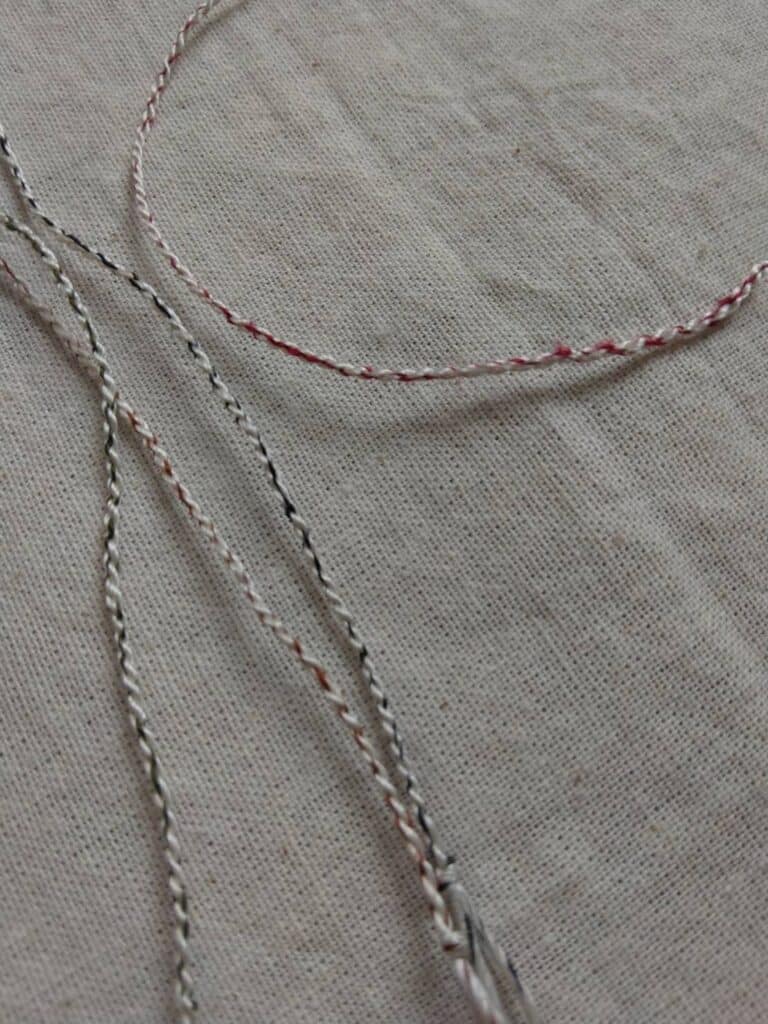
ほつれた糸は、真っ白の玉糸と撚り合わせて、艶のある紐となって生まれ変わりました。
「この人にお願いすれば大丈夫」と思わせる人がいるものです。
軽い気持ちでお願いしたら、その時の小さなつぶやきさえも丁寧にすくい上げて、かたちにしてくれる。なので私は自身の在り方を振り返っては反省し、日々の仕事に向かう姿勢を正すのです。
思えば、祖父も私の背筋を伸ばしてくれる存在の一人なのでした。


0 Comments